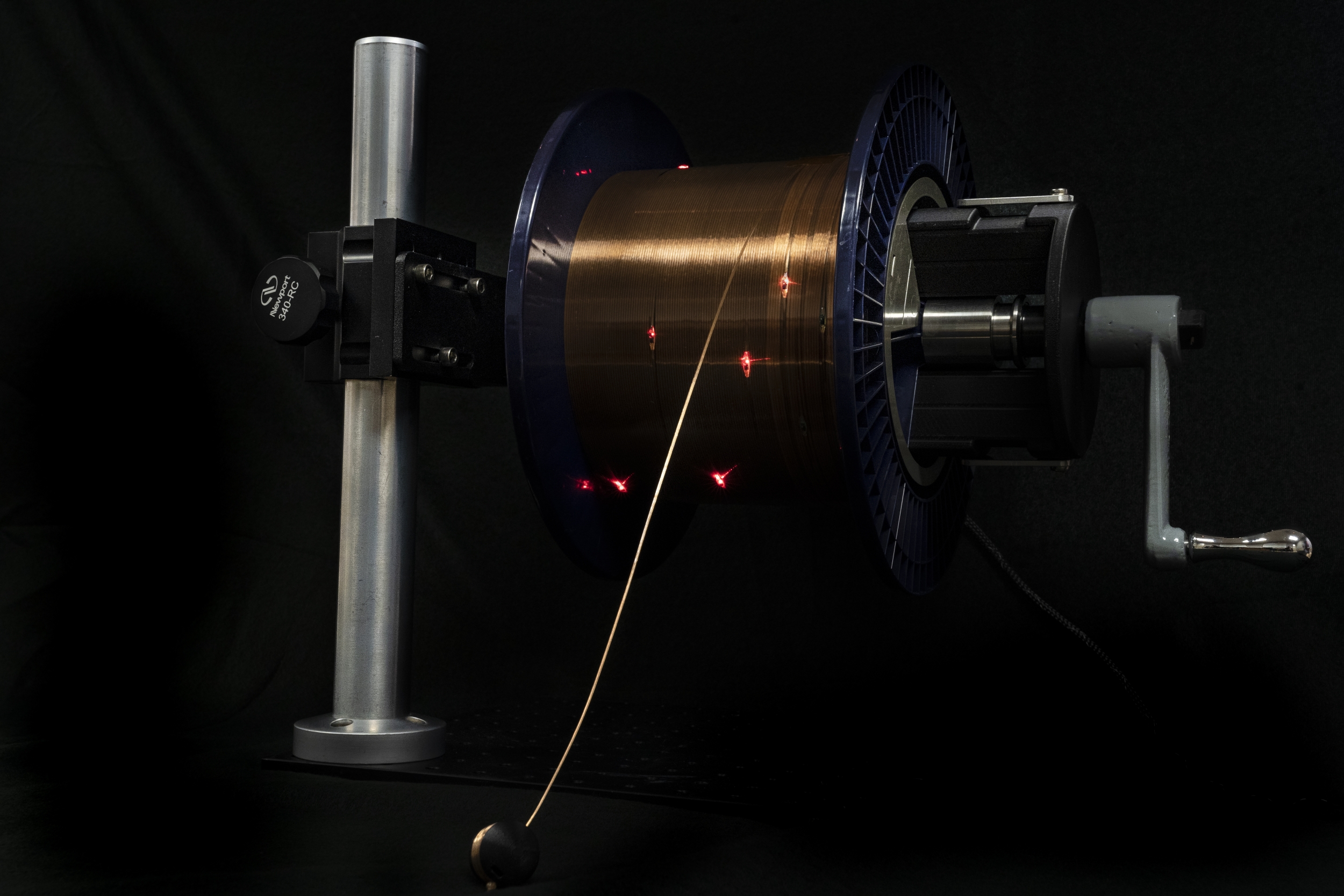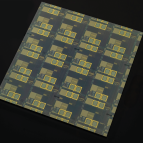Fiber Sensor Array Buoy

In partnership with the Advanced Functional Fabrics of America (AFFOA), Lincoln Laboratory is leveraging its experience in fabricating fibers with embedded electronics to develop fibers that can operate in the ocean. We are exploring how such fibers may enable a lightweight, low-cost system that can persistently monitor the undersea environment. Measurements of water temperature, salinity, and pressure collected by this system would improve researchers’ understanding of the ocean’s changing dynamics. This capability is also important for naval operators, who need real-time undersea environmental data to accurately interpret acoustic signals used to localize submarines.
To realize this capability, we are working with AFFOA researchers to develop a novel approach to embedding an array of sensors into polymer fibers that would extend hundreds of feet underwater. The approach uses a fiber-drawing technique, performed in the Defense Fabric Discovery Center, in which a block of polymer is heated and pulled into a long fiber. During this draw process, copper wires are fed into the middle of the fiber, providing electrical connection for an array of tiny sensors and integrated circuits that are embedded into the fiber by using a customized soldering and encapsulation process. The sensors are integrated throughout the length of the fiber to capture data at various depths. Electronics at the end of the fiber would transmit the data to aircraft, ships, or satellites. This technology has potential for addressing the needs of not only undersea monitoring, but also ground and space-based applications.






